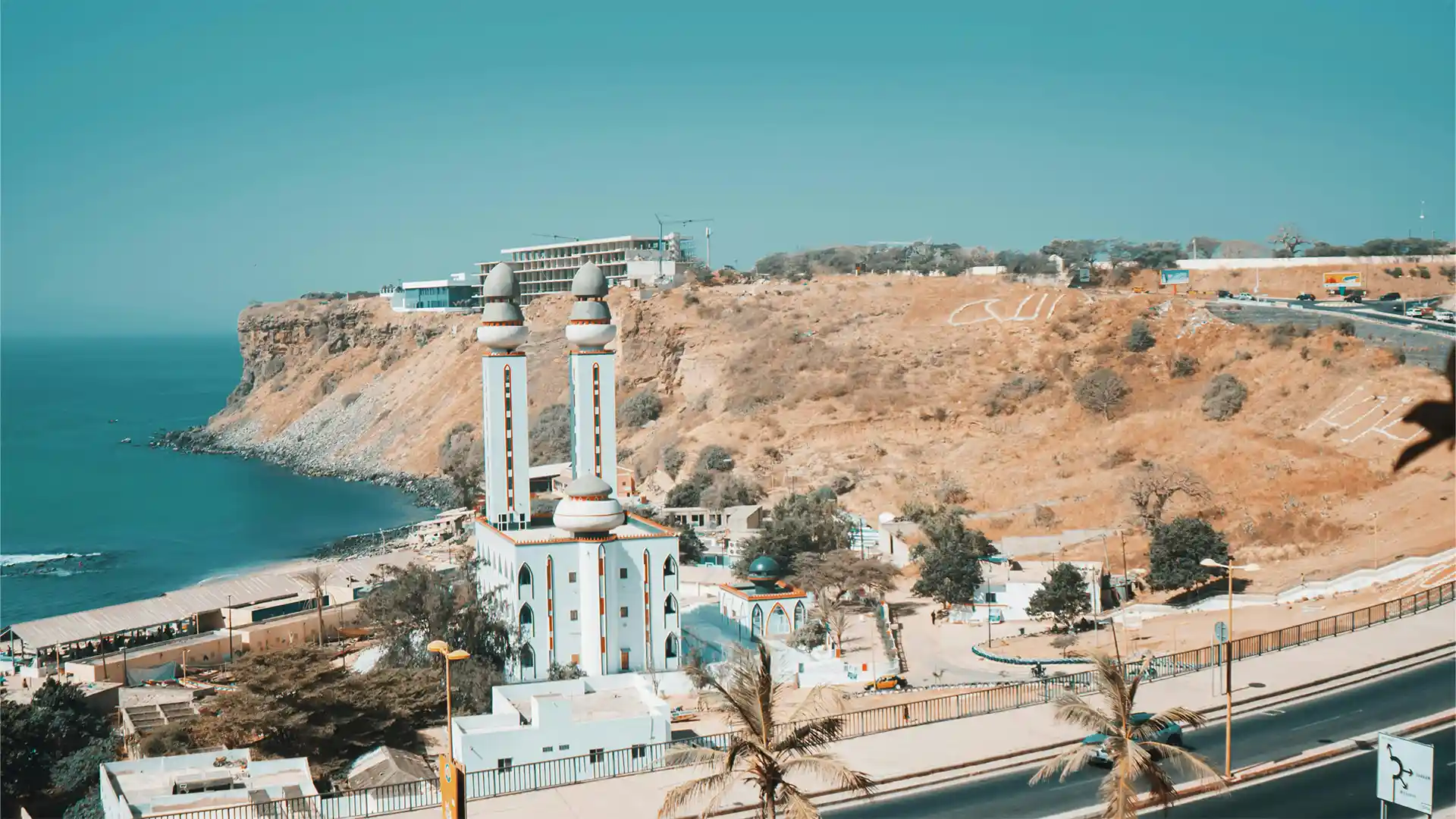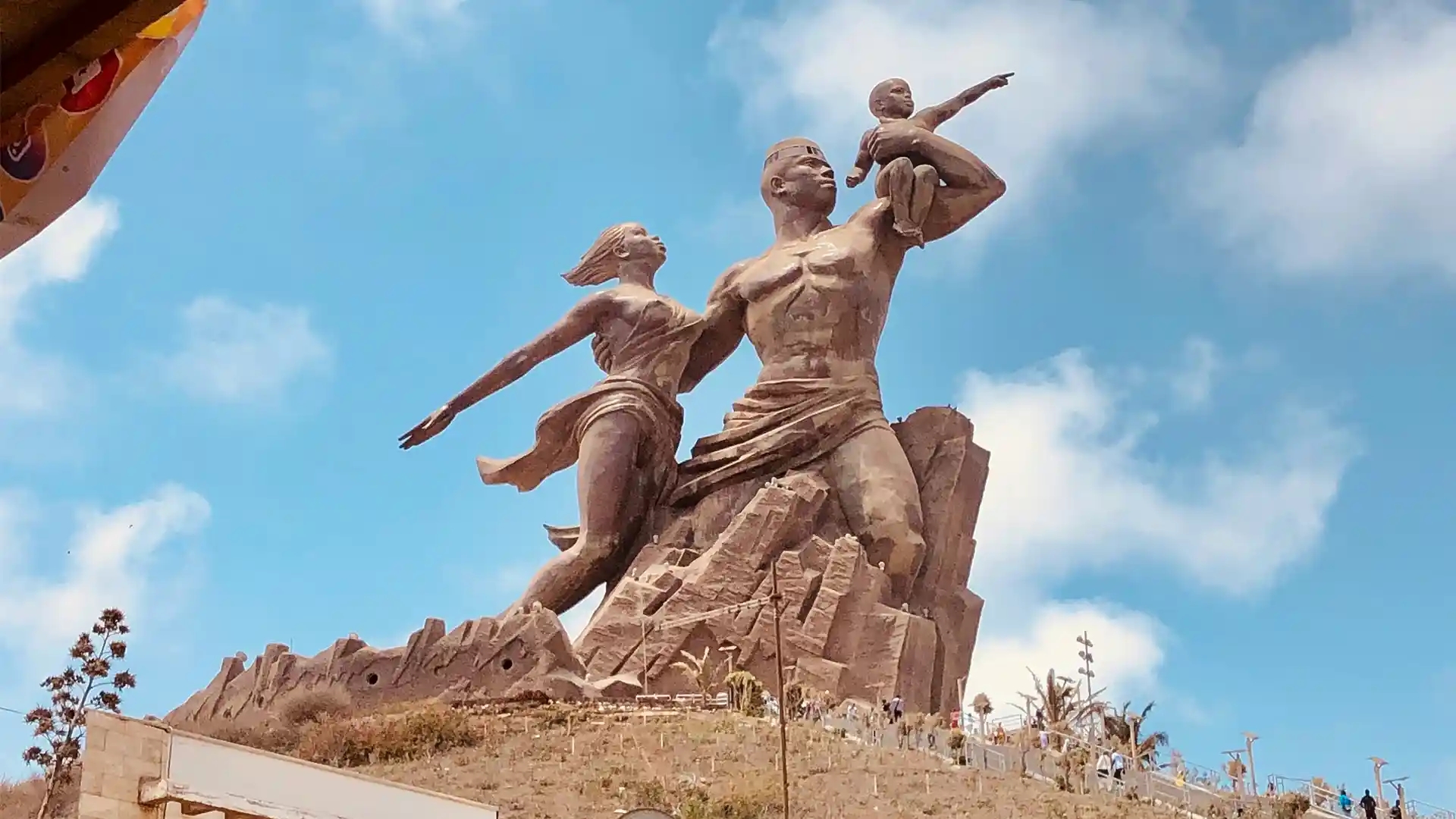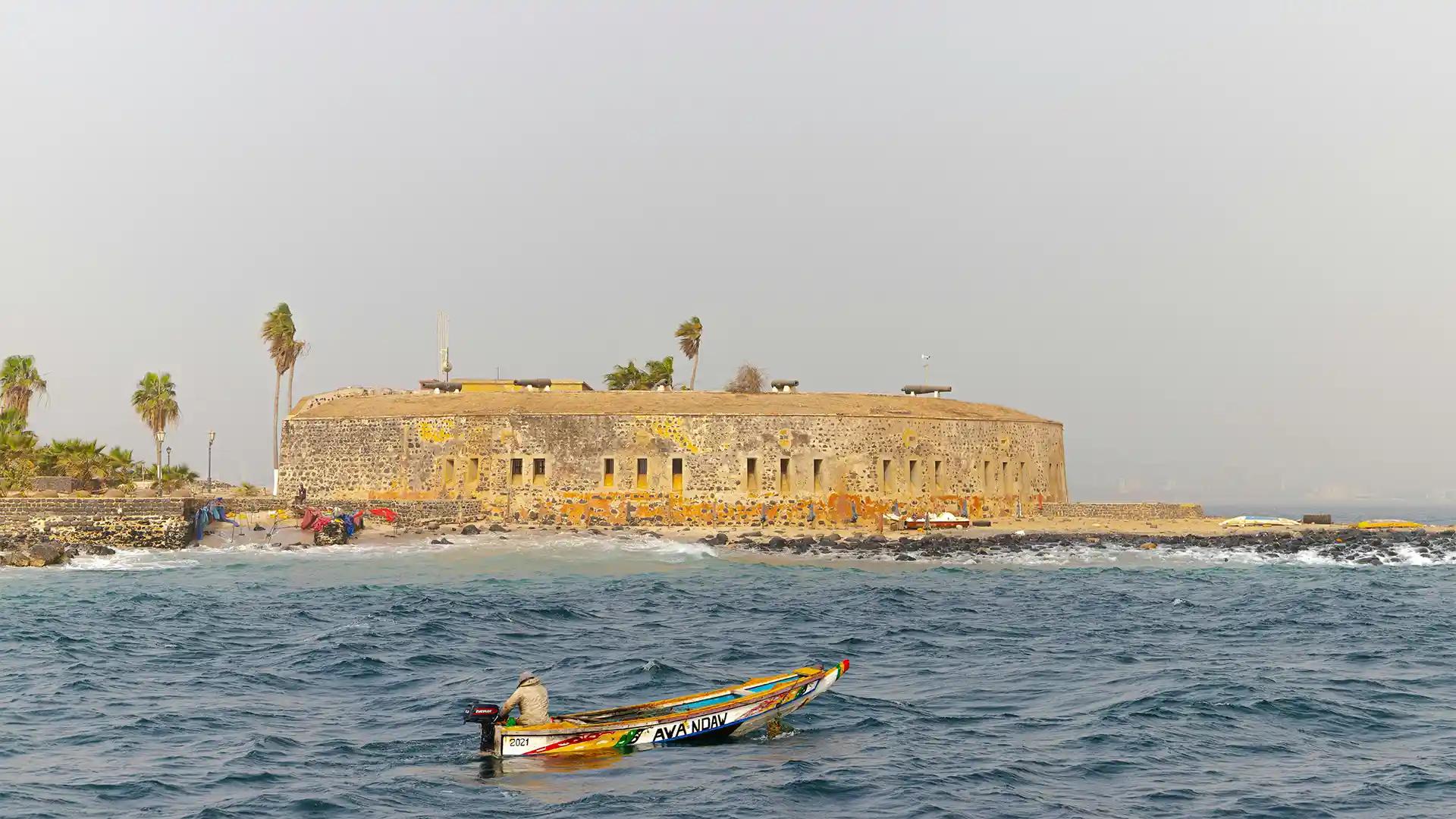Experience Dakar
the cultural hub of West Africa, offers a unique blend of history, art, and music

Overview
Dakar, the capital city of Senegal, is a vibrant and bustling metropolis located on the western coast of Africa. This city is brimming with life, culture, and history. With its unique blend of African, French, and Islamic influences, Dakar is a city that is truly one of a kind. The city is famous for its stunning beaches, lively markets, and world-class museums. Visitors can immerse themselves in the rich cultural heritage of the city by exploring the colorful local neighborhoods, sampling the delicious cuisine, and experiencing the vibrant music and dance scene. A visit to Dakar is truly a breathtaking experience that will leave you with memories that will last a lifetime.
City History
Established as a colonial outpost by the French in 1857, Dakar quickly grew in prominence due to its strategic location on the Atlantic coast. This bustling port city became the capital of French West Africa in 1902, cementing its importance in the region.
The city’s historical roots, however, stretch back much further. The nearby Island of Gorée, now a UNESCO World Heritage Site, serves as a poignant reminder of the transatlantic slave trade, having been a major departure point for slaves heading to the Americas. Gorée Island’s Maison des Esclaves (House of Slaves) stands as a powerful testament to this dark chapter in history.
In the mid-20th century, Dakar emerged as a focal point for the independence movement in West Africa. Senegal gained independence from France in 1960, and Dakar was chosen as the nation’s capital. This period marked a cultural renaissance, with the city becoming a hub for African art, music, and intellectualism. The construction of significant landmarks, such as the African Renaissance Monument and the Dakar Grand Mosque, further solidified its status as a cultural and spiritual center.
Today, Dakar is a vibrant and cosmopolitan city with a unique blend of African, French, and Islamic influences, and is known for its beautiful beaches, colorful markets, and lively music scene. The city is a melting pot of traditions, where modernity meets history. Its diverse neighborhoods, such as Medina and Plateau, offer a glimpse into the city’s evolving identity. Dakar’s enduring spirit of resilience and creativity continues to shape its role as a leading city in West Africa, attracting visitors from around the globe eager to experience its unique charm and vibrant energy.
Things to See
Goree Island: This historical island was once a hub for the transatlantic slave trade. Today, it is a UNESCO World Heritage Site that offers a poignant reminder of the horrors of the past. Visitors can explore the island’s museums, galleries, and colonial architecture, and learn about the island’s rich cultural heritage.
African Renaissance Monument: Standing at 160 feet tall, this impressive statue is one of the largest in Africa. It was built to commemorate Senegal’s 50th anniversary of independence and represents the country’s emergence into a new era of hope and prosperity.
Dakar Grand Mosque: This beautiful mosque is one of the most iconic landmarks in Dakar. Its intricate design and stunning architecture make it a must-visit destination for anyone interested in Islamic art and culture.
Dakar Markets: Dakar is famous for its markets, which are some of the liveliest and most colorful in Africa. The Sandaga Market and Kermel Market are two of the city’s most popular markets, where visitors can browse and buy a wide range of goods, including textiles, crafts, souvenirs, and food.
Dakar Cathedral: This stunning cathedral is one of the most impressive examples of French colonial architecture in Dakar. It was built in the early 20th century and features intricate stained glass windows, soaring arches, and beautiful mosaics. These are just a few of the many things to see and experience in Dakar.

Getting In
There are several ways to get to Dakar, including by road and by air.
By road; Dakar can be accessed via the Trans–West African Coastal Highway, which runs along the coast of West Africa from Lagos, Nigeria to Nouakchott, Mauritania. The highway is an important trade route and connects several West African countries, including Senegal.
By air; Dakar’s Blaise Diagne International Airport (DSS) is the primary entry point for international travelers. The airport is located approximately 47 kilometers southeast of Dakar and is serviced by several major airlines, including Air France, Delta, Emirates, and Turkish Airlines.

Currency
The official currency used in Dakar, the capital city of Senegal, is the West African CFA franc, abbreviated as XOF. The CFA franc is a common currency used by 14 countries in West Africa, all of which are former French colonies. It was introduced in 1945 and is currently issued by the Central Bank of West African States (BCEAO), which is based in Dakar. The CFA franc is pegged to the euro, which means that its exchange rate is fixed to the euro at a rate of 1 euro to 655.957 CFA francs. This fixed exchange rate system is designed to promote economic stability and facilitate trade between the countries that use the currency.
General Knowledge Base
General information about Dakar, Senegal
“Dakar” means “tamarind tree” in Wolof, the native language spoken by the majority of the Senegalese people.
Dakar is the economic center of Senegal and provides employment opportunities for millions of people. It is home to the country’s major industries, businesses, and financial institutions.
Football (soccer) is the most popular sport in Dakar and Senegal as a whole. The national team, known as the Lions of Teranga, has competed in the FIFA World Cup several times.
Youssou N’Dour, a Grammy-winning musician, is one of the most famous musicians from Dakar. He is known for blending traditional Senegalese music with modern styles.
The African Renaissance Monument is a famous landmark in Dakar. It is the tallest statue in Africa and was built to commemorate the continent’s struggle for independence.
Thieboudienne, a traditional Senegalese dish made with fish, rice, and vegetables, is the most popular food in Dakar.
French is the official language of Dakar and Senegal, but many people also speak Wolof, the native language.
Goree Island is a UNESCO World Heritage Site located off the coast of Dakar. It was a major center for the transatlantic slave trade and now serves as a memorial to the millions of Africans who were forcibly taken from their homes.
